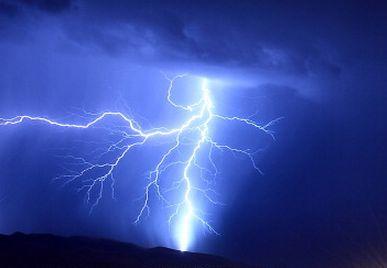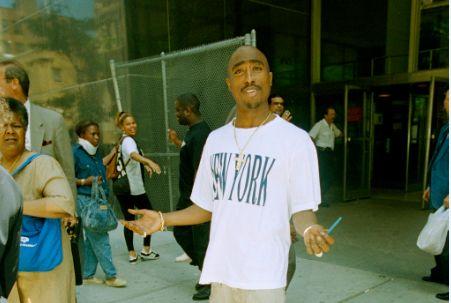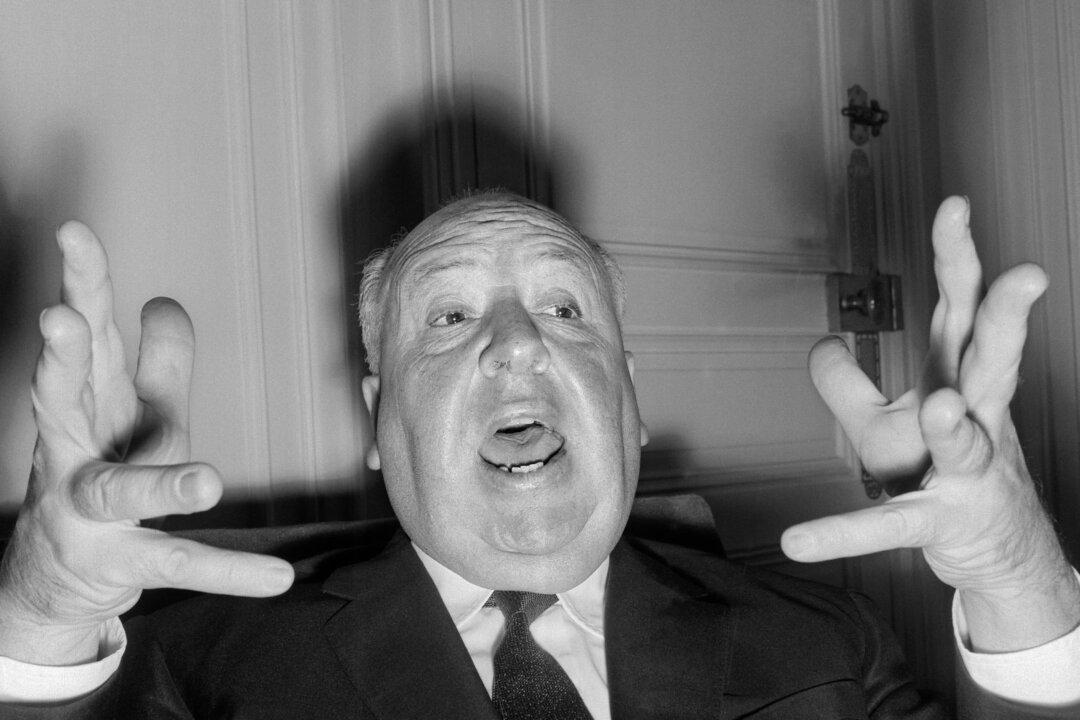Although any given day of the year could be filled with unusual events, there’s a particular creepy fascination with ill will that blows on Friday the 13th or other odd occurrences on that day. Here’s a look at a few Friday the 13th events in recent history.
1. On Friday, Aug. 13, 2010, a 13-year-old boy was struck by lightning at 13:13 (1:13 p.m.) in Suffolk, England.
The boy’s name was not released, according to British publications the Daily Mail and the Mirror. Rex Clarke, a St. John Ambulance team leader, told the Mirror: “Suddenly there was this huge crack of lightening really close to the seafront and really loud thunder. Seconds later we got a call someone had been hit. The boy was breathing and was conscious.” The boy had only a minor burn. Clarke said, “It’s all a bit strange that he was 13, and it happened at 13:13 on Friday 13.”

2. On Friday, Aug. 13, 1999, director and producer Alfred Hitchcock would have turned 100.
Given his chosen genre, this is an interesting coincidence. Celebrities born on Friday the 13th include the twins who rose to fame in the sitcom “Full House,” Mary Kate and Ashley Olson and former Cuban President Fidel Castro.
3. Rapper Tupac Shakur was killed on Friday, Sept. 13, 1996.







